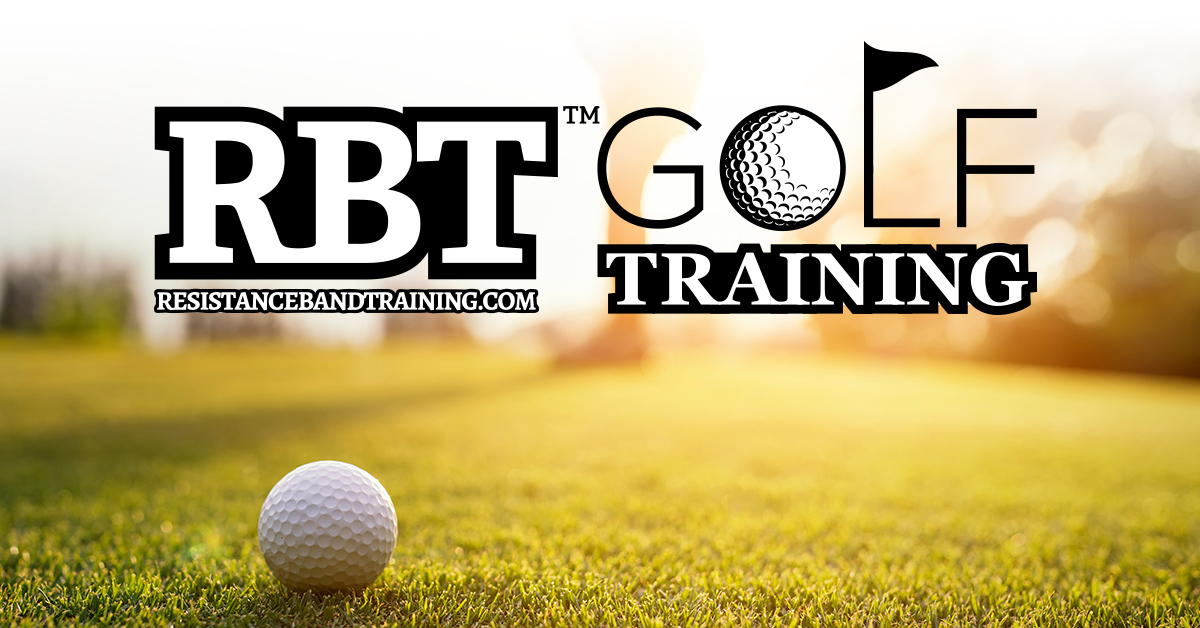
Welcome to the RBT Golf Training Blog. Choose from the articles below. To make sure you see new articles as soon as they come out consider joining the weekly newsletter list by visiting this page and completing the form.

Welcome to the RBT Golf Training Blog. Choose from the articles below. To make sure you see new articles as soon as they come out consider joining the weekly newsletter list by visiting this page and completing the form.